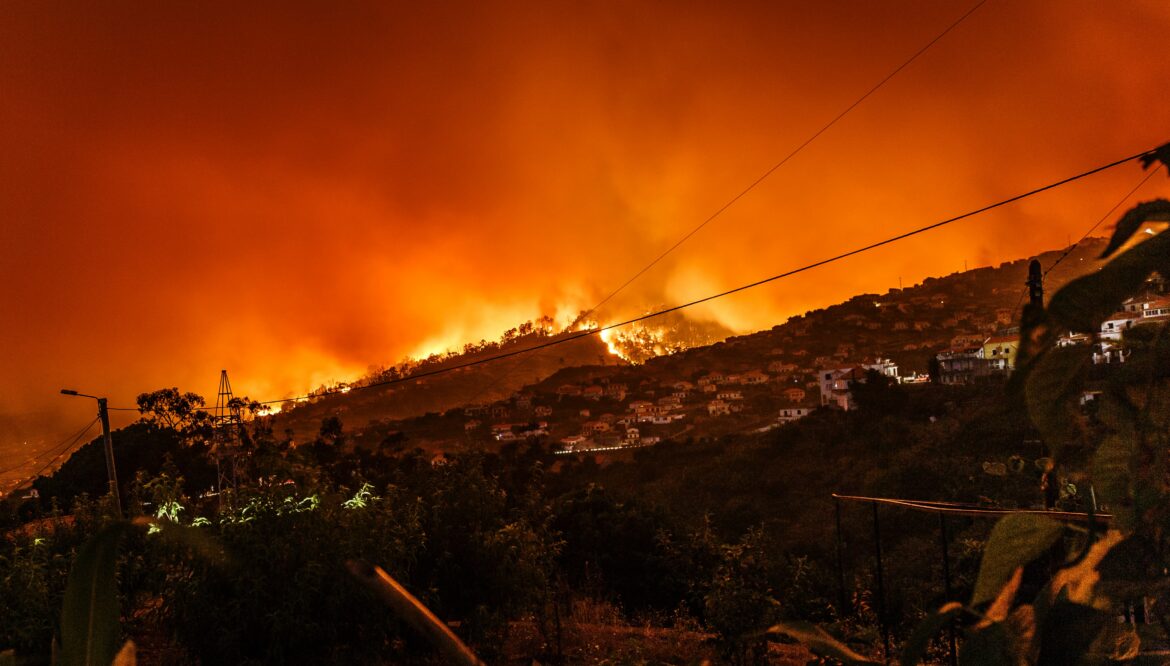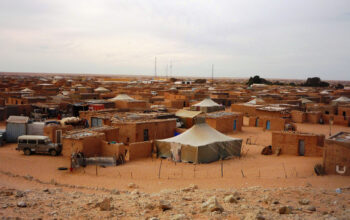Introducing Mória 2.0.
After a fire in Europe’s biggest refugee camp left thousands of people homeless, much pressure has been directed towards governments for showing solidarity and accommodating larger numbers of refugees. And although some countries responded, over 8,000 asylum seekers, mostly families, remain on the Greek Island of Lesbos, in a provisional camp dubbed Mória 2.0. Oxfam, together with the Greek Refugee Council, has visited the new camp, reporting on “conditions … worse than they were at the original site that burned down.” Vulnerability to harsh weather conditions, poor healthcare, little access to running water, no sewage, and no access to legal aid are among the highly concerning findings of the visit.
Background
The European Commission provided a swift response to the near total destruction of the Móris, with a new Pact on Migration and Asylum, paving the way for a common European approach to migration. The EU has vowed to rebuild reception facilities that “will be of a European standard, durable infrastructure and will provide access to healthcare and adequate sanitation.” Other priorities include ending overcrowded conditions in reception centres, establish fast and effective procedures for determining asylum, increasing voluntary returns, and improving safety and security of asylum seekers.
Critique
The search for a common European solution to asylum has been increasingly scrutinized by politicians and civil society alike. German news magazine Der Spiegel writes: “Those who insist on a European solution don’t really want a solution at all, because it has long been clear that the 27 EU states will never agree on a common asylum policy.”
The end of Polio in Africa
… isn’t actually the end. Only shortly after the WHO announced the eradication of wild polio on the African continent, reports of a spread of vaccine-derived polio in Chad and the Sudan mark a significant setback. Adding to that, the outbreak of the global coronavirus pandemic has caused a temporary halt of 46 vaccine campaigns in 38 countries, making the newly acquired achievement a very fragile one.
Background
In many polio vaccination campaigns oral vaccinations are preferred due to easier distribution and no required equipment, such as sterile syringes. After an oral vaccination, a mild form of the virus replicates in the intestines and thereby forms antibodies. What this means, however, is that the virus can also be found in feces, which poses a risk in areas with lacking sanitation systems and not high enough levels of immunity. Due to corona, an estimated 80 million children under the age of one have missed their polio vaccine, seriously impacting these levels of immunity, making the spread of vaccine-derived polio somewhat of a vicious cycle.
Australia: After the flames
Scientists are beginning to take stock after the Australian bushfires 2019/2020. On average 1% of Australia’s forests burn every fire season, but the most recent one. Here an estimated 21% of forests stood in flames. 832 vertebrate animal species are considered affected by the recent fires, “196 of them had 10 to 30 percent of their Australian habitat scorched; 51 species lost 30 to 50 percent of their habitat; 16 species lost 50 to 80 percent; and three species had over 80 percent of their land incinerated.”
Background: The harm caused in the 2019/2020 fire season in Australia is unprecedented. Never before have the fires been so widespread and so destructive. Although the Australian flora and fauna is highly adapted to bushfires, and in parts even depend on them, hotter, earlier and more frequent fires interfere with these natural mechanisms.





